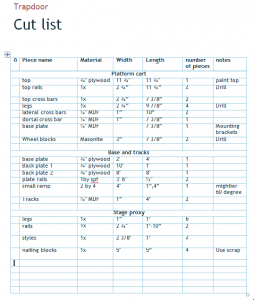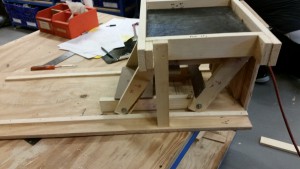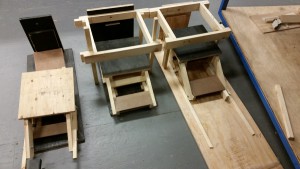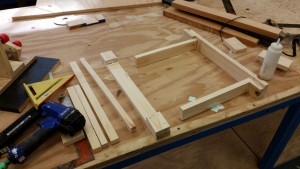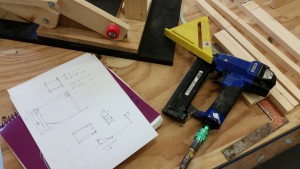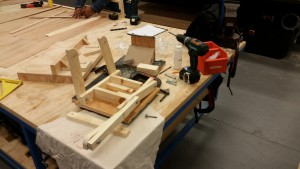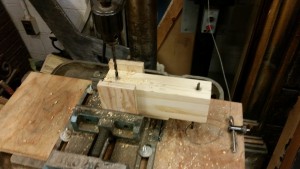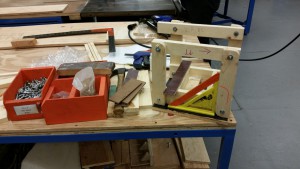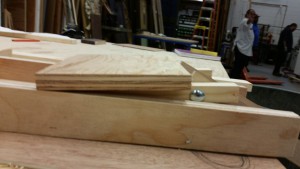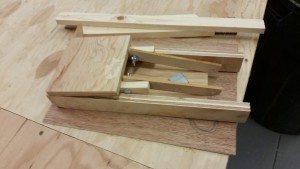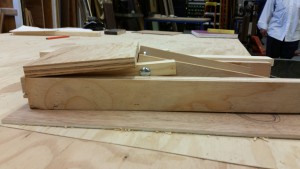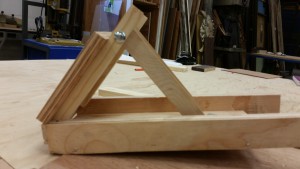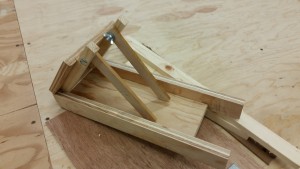Automated trapdoor proposal
Who am I :
I am Andrew Ng, a senior Entertainment Technology major specializing in Lighting and Technical Direction. I have 6 year of experience participating and mentoring in FIRST Robotics, and I want to work with automation, AutoCAD design, problem solving, and special effects. I will be the project manager and master carpenter for my project. I will be working with John McCullough to design and construct a life sized model to demonstrate proof of concept.
The Automated trapdoor
The automated trapdoor will be able to work with a trisket and stud wall platform deck for the theater. It can be triggered remotely from backstage or a control booth by actuating a piston with pneumatic or hydraulic power. It will create an opening in the platform that can allow access to elements under the deck.
Issues to address :
- Structural Safety
- Construction
- time
- automation safety
- automation mechanism
- Power
- parts and parameters
Solutions :
I will draft a design and make models to test mechanisms for the trapdoor. I will find parts and either obtain or build a proxy for the model. The project will be broken down into phases that should be more manageable. When concept model is put together a can-locking mechanism can be designed. I plan on using physical relays or a deadman switch and e-stop to prevent the trap door from closing on people.
Table of content :
- timeline, calendar
- budget
- inventory
- data collection
- summary
- Conclusion
- bibliography
Process Model of completion
-Plan for work and Time table
Rough Calendar
- Planning, Research, design, and modeling
- Prototyping, refinement, networking, revise budget, and ordering parts
- Control, safety, custom work, CNC routing, controls and safety
- Final model, painting, wires, cables.
- PowerPoint, paperwork, poster, presentation,
Rough budget
Lumber 100
Fasteners 20
Software 800
Consumables 30
Sensors 250
Motors and pneumatics 400
Tubes and cables 50
Design cycle
- Design / Revise
- Incubate
- Execute
- Reflect
Refinement
-Stretch goals
- Sensors and e-stop
- manual controls
- load test and Working Load Limit numbers
List Outcomes
…
Resources
- (Internet sources )
- (Professors )
- (Books )
- (Public domain )
Document Link >>Here<<

